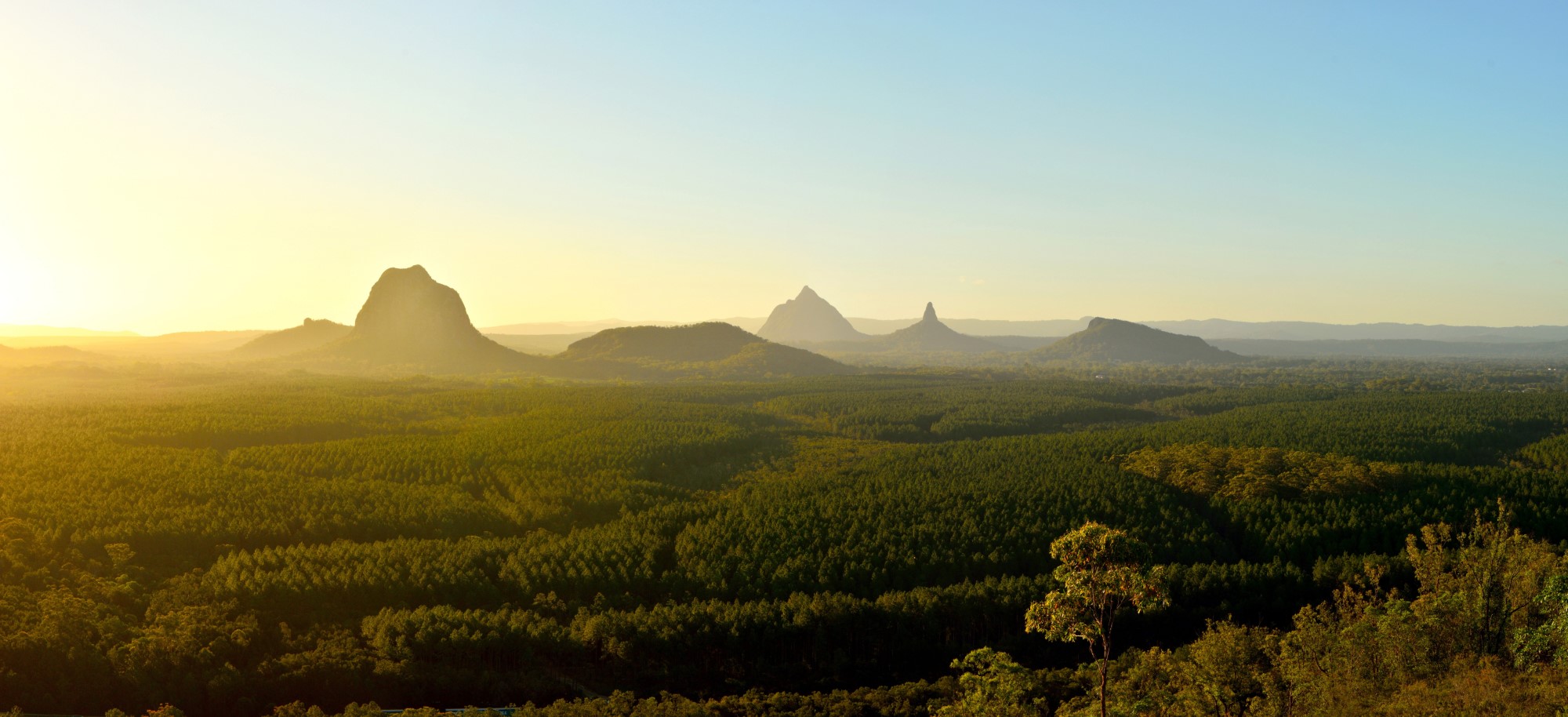
Habitat fragmentation and restoration
Habitat fragmentation and restoration research examines the impacts of habitat loss and fragmentation on biodiversity. It focuses on ecological restoration and connectivity strategies to support species survival, enhance ecosystems, and inform conservation policies for long-term environmental resilience.
About
Loss of habitat and fragmentation reduces population sizes and can lower migration rates and genetic connectivity among remaining populations of native species, reducing genetic variability and increasing extinction risk.
Restoration of native species and habitats may also be constrained by low genetic variability and often little is known of the genetic implications or the levels of adaptability present in key restoration species.
For information on Australia's biodiversity policies see the Department of the Environment and Energy:
See also:






